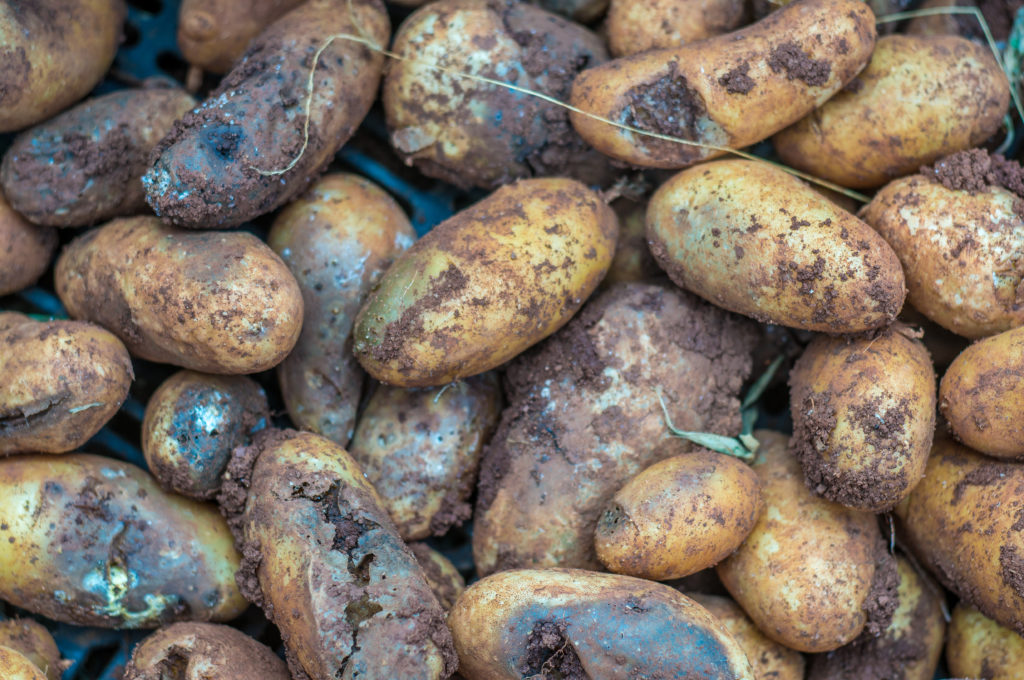

In collaboration with the Breeding Programme season Teagasc undertake an extensive field programme for late blight control. Using the information gained through the above themes disease control strategies are developed and tested under field conditions. This also allows the retrospective detection of such changes which can provide a greater understanding of the genetic mechanisms blight employs to do what it does best, destroy plants. infestans collections (both DNA and culture) available at Oak Park changes in specific genotypes can be monitored over a period of 20 years. This is most evident in relation to its ability to overcome resistant varieties and/or fungicides. This is a major advantage to a pathogen that is subject to a barrage of different stresses (e.g. Carlow, 2012 Monitoring the evolution of blight strainsīlight is a master at adapting to its environment, it has an ability to complete its life cycle in less than five days.

infestans strains collected from all possible sources: farmers, allotments, home gardens etc…īlight infected potato stem. This entails the molecular and phenotypic characterisation of Irish P. To ensure such changes are detected the population is monitored on an annual basis. infestans never remain static and the potential for either migration of new genotypes into Ireland or the development of sexual progeny within Ireland poses real threats to the future success of current control strategies. By understanding how these genotypes interact with their environment, it is possible to develop novel disease control measures to minimise blight’s impact upon potato crops. infestans population is dominated by three distinct genotypes. Potato blight (also known as late blight) is a disease caused by a fungus-like organism (Phytophthora infestans) that spreads rapidly through the foliage and. Potato varieties growing in Carlow, July 2009 and the Impact of blight epidemic on same site two weeks later The Teagasc Late Blight Research programme is focused on three major themes Studying Irish populations of blight:Ĭurrently the Irish P. Given Irish climatic conditions during the summer months where such preventative measures are not applied losses of up to 100% can be experienced. In Ireland alone it is estimated that €5 million is spent annually on fungicides to mitigate the impacts of the disease, which represents between 15-20 fungicide applications per season. The primary potato disease remains Phytophthora infestans (late blight), it is responsible for €1,000,000,000 of annual losses in the EU alone. Potato late blight, caused by the oomycete pathogen Phytophthora infestans, continues to be the most economically destructive disease of global potato crops. Each year, it destroys approximately 20 of the worldwide harvest. Botanic Gardens College of Horticulture The potato blight also known as leaf or tuber blight is a dreaded plant disease.


 0 kommentar(er)
0 kommentar(er)
